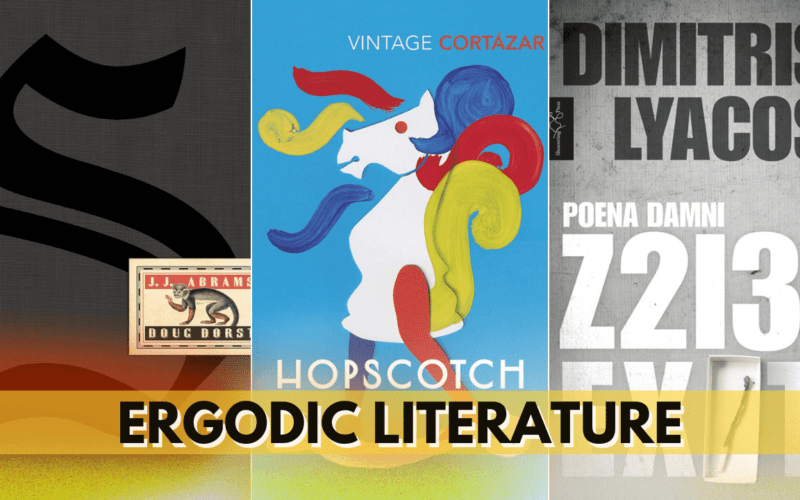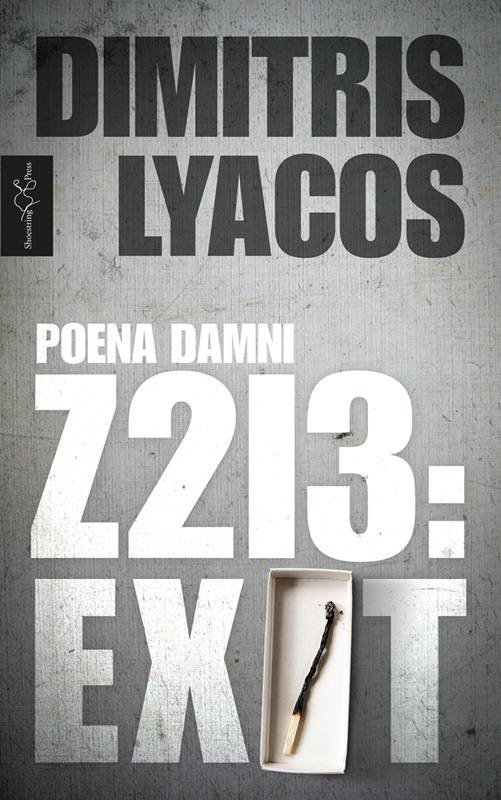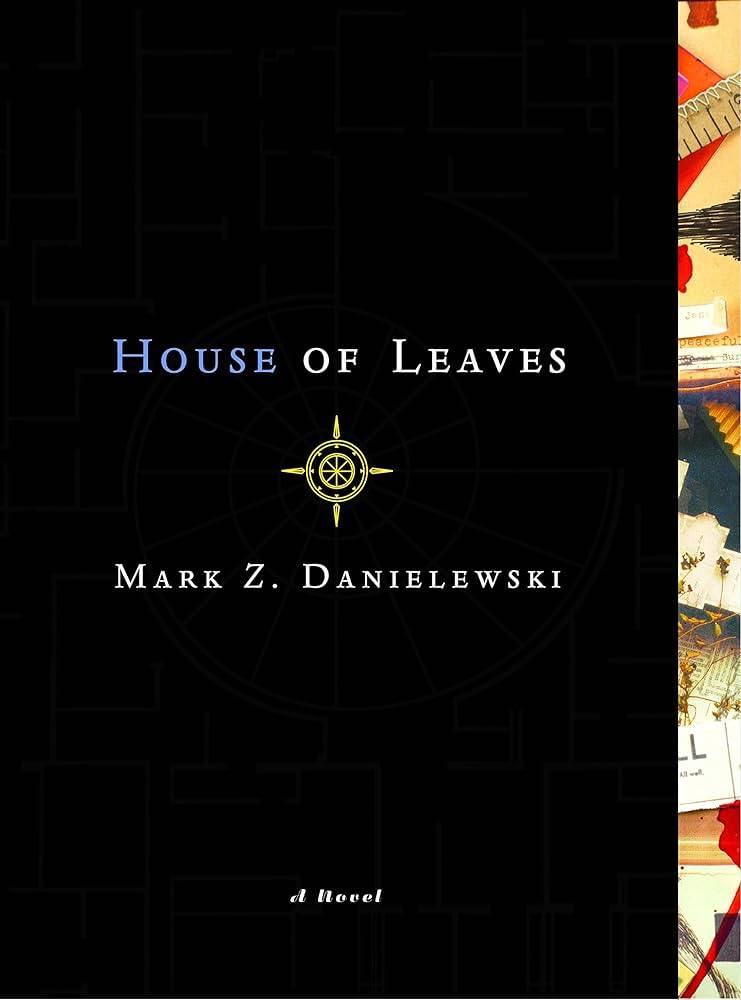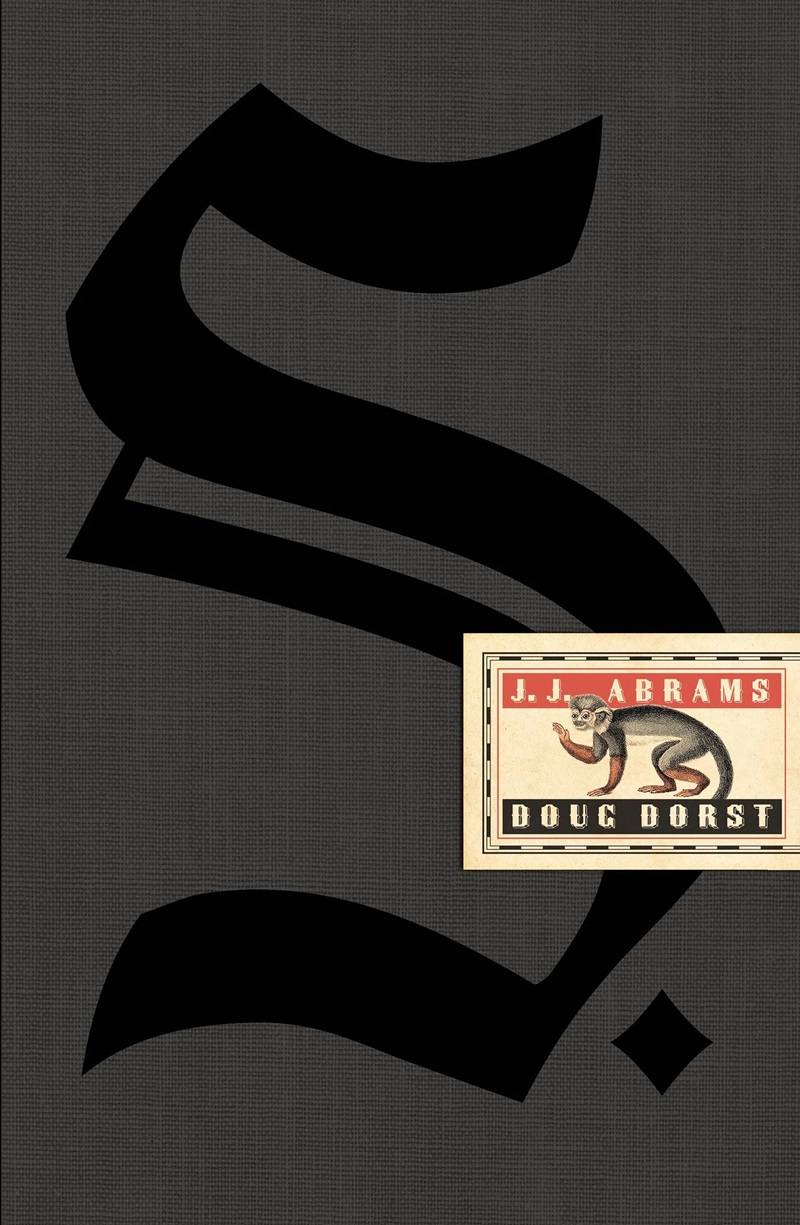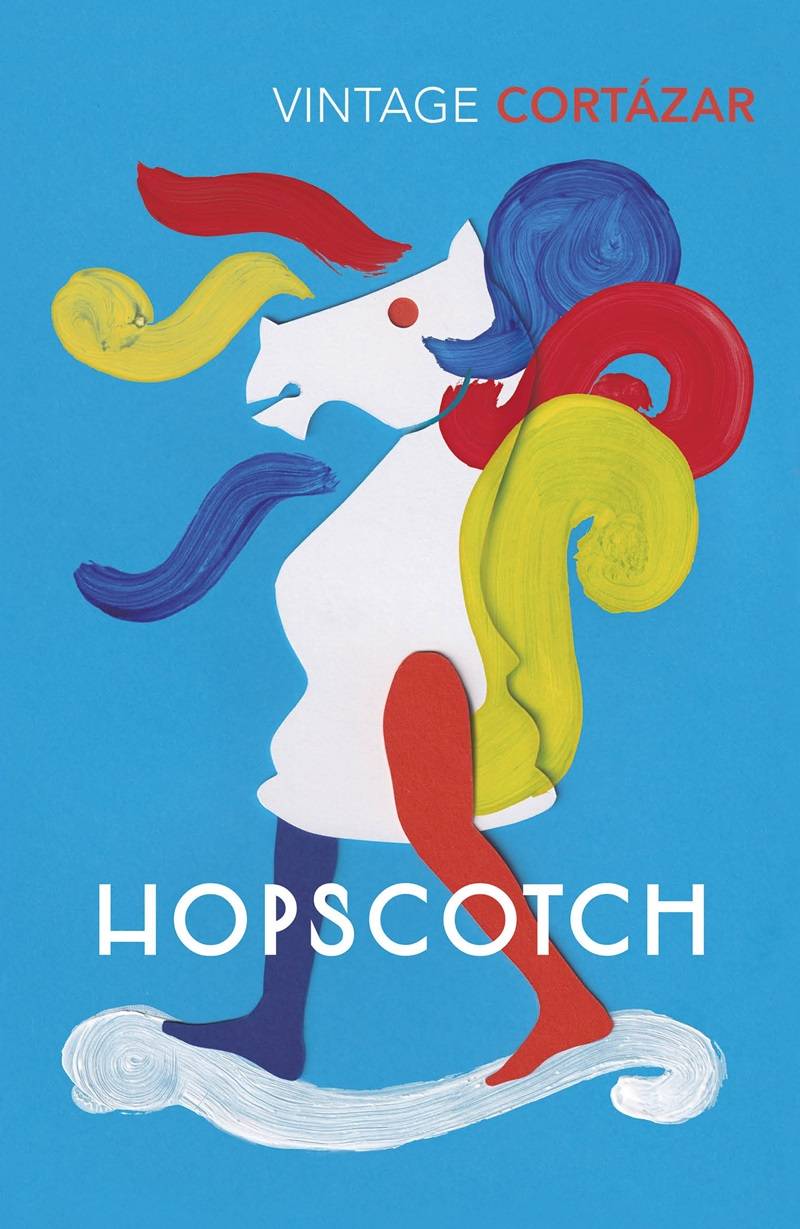Any book you browse is published and consumed in a structured manner. The story is printed line to line, flowing from one page to another. And you read it the same way as well, never actively interacting with the characters. But what if you find out there exists a niche genre of literature that sheds the shackles of this exact structure? It is called ergodic fiction and it’s the coolest genre ever!
Ergodic fiction is a type of literature where you must make actual, non-trivial efforts to move along the story. The word non-trivial is important here because when it comes to traditional works, reading them is effortless. Whereas, with ergodic literature, you have to work through the path carved by the author to read. Most of the time, this path is nonlinear and you have to be focused to grasp the essence of the texts.
The Ergodic Origins
The term comes from a mixture of two Greek words – ergon, which means work, and hodos, meaning path. It was coined by Espen J. Aarseth, a Norwegian academic whose work focuses on electronic literature. His book, Cybertext: Perspectives on Ergodic Literature, published in 1997, explains how it functions, in these words:

In ergodic literature, nontrivial effort is required to allow the reader to traverse the text. If ergodic literature is to make sense as a concept, there must also be nonergodic literature, where the effort to traverse the text is trivial, with no extranoematic responsibilities placed on the reader except (for example) eye movement and the periodic or arbitrary turning of pages.
Essentially, when it comes to ergodic books, you don’t just read the given text. Instead, you follow the guidelines given by the author to build the narration. You co-creatively interact with the book in a very active way, putting in work to piece the story together.
This interaction usually manifests itself in the form of puzzles, footnotes, annotations, or even turning random pages to grasp the text properly. In fact, there also exists a book where some pages are only filled with one or two lines or small paragraphs!
Without the usual structure – or restrictions, as this genre would deem it– the authors are free to paint their story in the weirdest of ways. And yet, the plot flows as seamlessly as the tale of any other book. But instead of that story being offered to you in a linear way, ergodic fiction makes you use your brain to its full potential.
Is Ergodic Fiction Important?
Reading traditional works is safe, as the readers get to be the voyeur without being involved in any sense. However, interacting with ergodic texts puts readers at risk. You are not just a reader and interpreter but even a co-creator of the story, shaping the author’s story through your interactions. As a result, the boundaries of the author-reader relationship are blurred, putting you in a strong and simultaneously vulnerable position.
If you think about this interactive quality of the genre, it is simple to spot its presence all around. In fact, you’d find traces of ergodicity in many things, from escape rooms and interactive museum exhibits and art pieces. It is also present in interactive and hypertext fiction as well as role-playing games.
But one of the biggest real-life instances of ergodic literature is hidden in the way people dig for any information. One goes through a myriad of information – blogs, news, social media posts, videos, and comments – to piece together a narrative that makes sense to them.
If the essence of ergodic literature is present in such an unconscious action, you can just imagine how important it is. Some have already started believing it to be the future of fiction!
Books to Read to Start Your Ergodic Literature Journey!
To explain the genre, Aarseth offered a variety of examples in his book. One of the many examples he gave was the stone wall inscriptions seen in ancient Egyptian temples, which could be read from top to bottom, right to left, or the usual left to right. Another example was Dimitris Lyacos’ Z213: Exit, which seems to be a novella, a journal, a poem, and a cluster of diary entries all at the same time!
But for people who want to understand this genre, these examples aren’t enough. Instead, you need books which you can mull over it all by yourself. What better way to do that than to read these quintessential ergodic fiction titles?
-
House of Leaves – Mark Z. Danielewski
Mark Z. Danielewski’s House of Leaves is one of the most commonly recommended examples of ergodic literature. Readers follow the story through the eyes of Johnny Truant, a tattoo apprentice, who comes across an unfinished manuscript by the blind Zampanò. He decides to complete it by adding his own footnotes and observations in the book.
Zampano’s manuscript, in turn, is a detailed analysis of The Navidson Record, a series of short films that had gained a cult following. This film talks about Will Navidson and his family’s haunting experience in a house that was bigger on the inside but small on the outside.
Danielewski makes use of different typefaces, colours, and printing styles to show such a convoluted narrative. Even summarising this book is difficult, which is why it’s better if you read it right away!
-
S. – J. J. Abrams & Doug Dorst
S. is not just any book; it’s actually a profound experience! It follows the story of two readers reading Ship of Theseusby the mysterious author, V.M. Straka. As a result, the actual book has the cover of Ship of Theseus, complete with library stamps, stickers, and pages with stains. These stained pages tell the story of a man sailing on a strange ship with an even stranger crew.
But printed across the margins, in the form of handwritten notes and symbols is the exchange of two readers, Jen and Eric. Their conversation appears on random pages and is differentiated by unique handwriting and different pen colours. Lying between the pages are actual postcards, letters, maps, and articles that Jen and Eric send to each other.
This book works at two levels – reading the fictional author’s book and putting together Jen and Eric’s story through the marginalia. It’s quite an experience!
-
Hopscotch – Julio Cortázar
Julio Cortázar’s Hopscotch, published in 1963, tells the tale of Horacio Oliveira, an Argentinian writer living in Paris with La Maga, his mistress. His life is thrown into chaos when La Maga disappears, prompting him to restart his life in Buenos Aires. But this decision only prompts him to experience one scary adventure after another.
But why is it so special? It’s because it offers two possible ways to read the book and you can choose any! One is to read it from chapters 1 to 56. The other is jumping through the chapters with the help of the author’s table of instructions. Cortázar himself recommends reading Hopscotch the hopscotch way to fully enjoy it!
Final Words
Ergodic literature is simple enough to understand, just like any other traditionally published novel. But instead of following a linear structure, it challenges you to think unconventionally through interactive narratives. So, just to read the book, you would be solving puzzles, analysing footnotes, and making sense of ephemera. If you feel traversing the text is something interesting, you have to give a chance to ergodic fiction.

